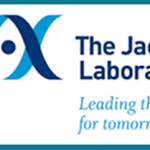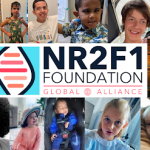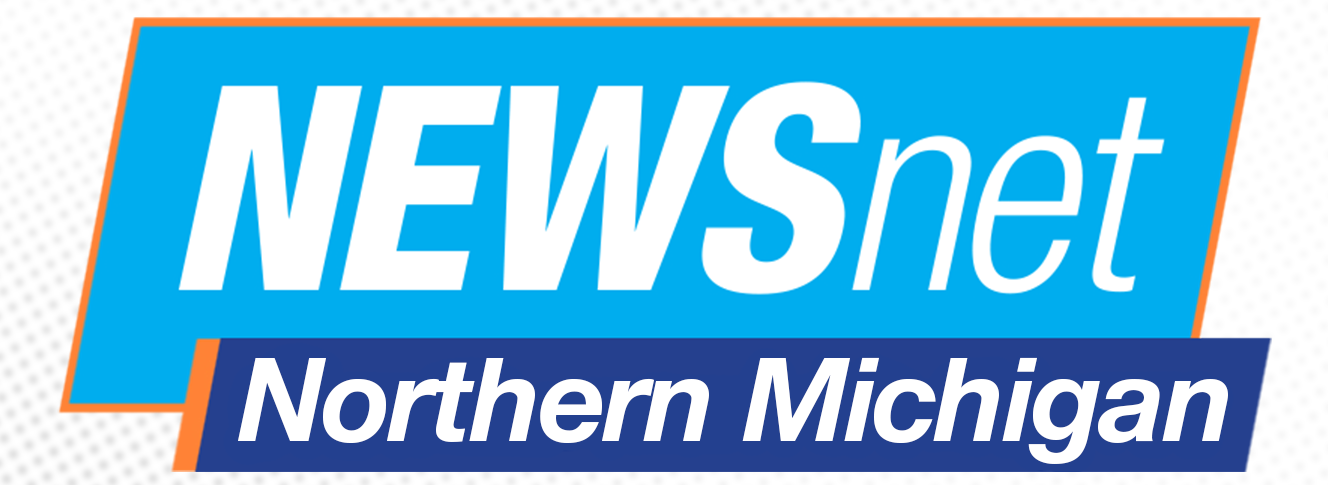A $17,000 grant has been awarded to the NR2F1 Foundation to support their research into the mechanisms underlying BBSOAS. The money will go toward research utilizing mouse models to create new treatments. The grant application was initiated by Dr. Kyle J. Horning and Dr. Terry Jo Bichell, PhD, MPH, of COMBINEDBrain, who successfully assisted the foundation in winning it.
Dr. Horning joined COMBINEDBrain in 2021 as a postdoctoral science officer after receiving his PhD in neuroscience from Vanderbilt University in 2020. After receiving her PhD in neuroscience from Vanderbilt University, Dr. Bichell started COMBINEDBrain in 2019 to help with preparing clinical trials for rare and extremely rare neurogenic illnesses.

Drs. Horning and Bichell are gratefully acknowledged by the NR2F1 Foundation for their support in developing and obtaining this award. The Orphan Disease Center (ODC) JumpStart Research Tools Matching Grant Program awarded a one-time matching grant of $17,000 in collaboration with the Jackson Laboratory Rare Disease Translational Center to develop a mouse model for the research of BBSOAS.
The Orphan Disease Center's JumpStart initiative develops and accelerates research agendas in newly discovered and under researched rare diseases. The program works together with foundations, biotech companies, organizations, pharmaceutical companies and scientific researchers to promote the discovery of therapeutics for rare diseases.
JumpStart facilitates scientific collaboration by creating connections between foundations, patients, and researchers. They provide crucial aid with creating patient registries and other programs, as well as support in the development of resources necessary for research like cell lines and animal models. JumpStart assists organizations that work with rare diseases in developing a research grant program by exchanging information on best practices. They also provide aid to assist organizations that deal with rare diseases in setting up a research grant program by exchanging best practices information.

The Jackson Laboratory Rare Disease Translational Center works to develop cures and treatments for rare diseases by collaborating with researchers and foundations to create mouse models customized with clinical mutations. They work cooperatively with hospitals and medical institutions to assist in diagnosing rare diseases. The Center also joins with biotech and pharmaceutical companies to customize therapies in an effort to expedite the search for new treatments for these debilitating diseases. In the US, an illness is labeled rare if fewer than 200,000 people are affected. The majority of the 300–400 million people worldwide who suffer from one of the 7000 diseases considered to be rare are children.
Using animal models is crucial in the research of the underlying mechanism in human disease. Mouse models must be used in the search for new medicines. For rare diseases, many researchers do not have a mouse line they can use to investigate the sources of these disorders. The discovery of these mechanisms is one of the first steps in developing treatments. Dr. Horning noted, “Generating a specific mouse like this, just on its own, is a large and important step for advancing research in any rare disease. But even further, having that mouse model be readily available for any future researcher to study is very exciting. I’m thankful to the ODC and Jackson Labs for providing this opportunity to progress BBSOAS research.”
The NR2F1 Foundation is asking for help to raise the required $8,000 in matching funds. Donations can be made by going to their Donation Page.


































